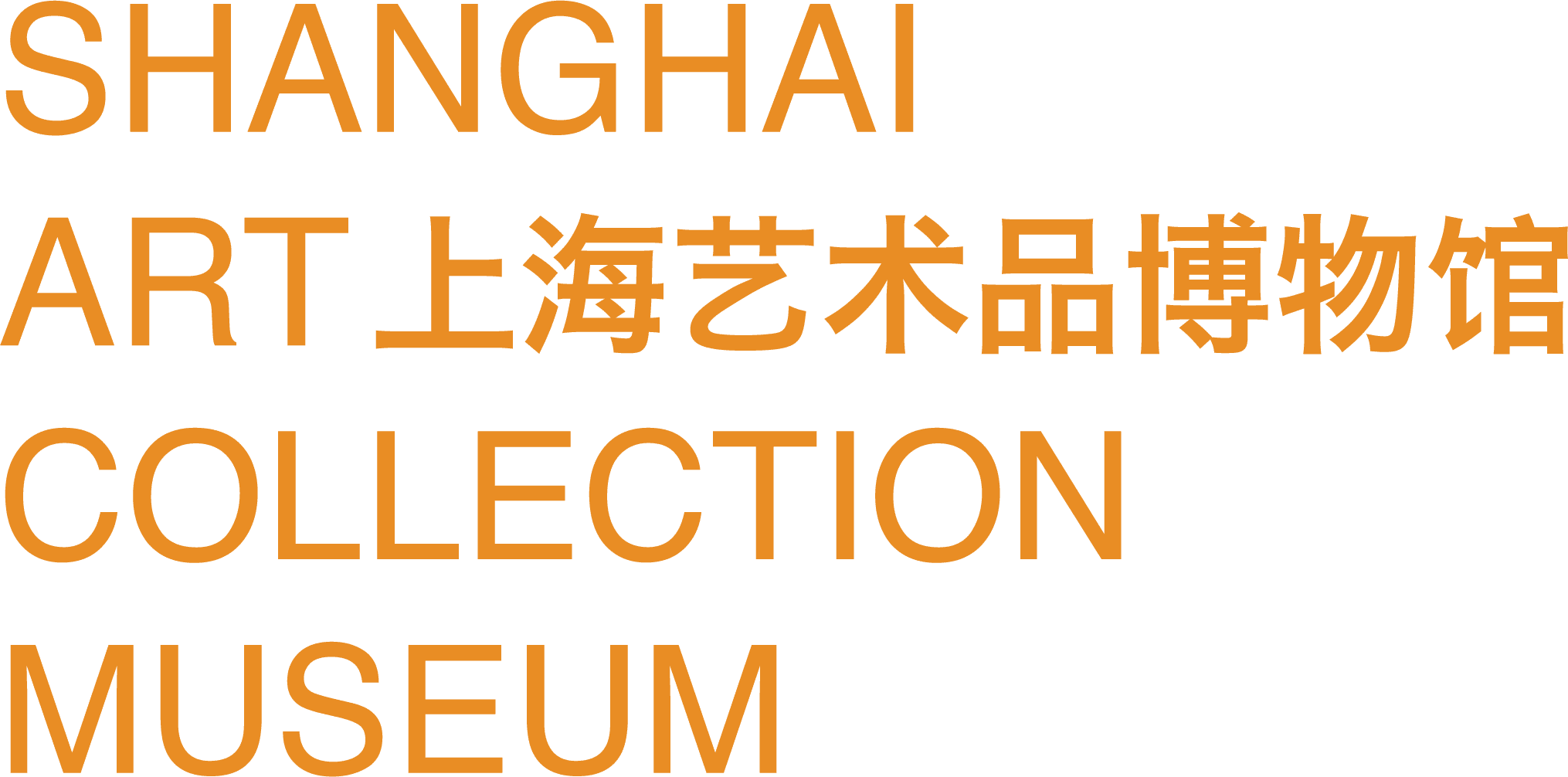Liang Sicheng and the "Hidden Currents" of Shanghai
At first glance, modern Shanghai—a city that rose to prominence in the late 19th and early 20th centuries—seems to have little connection with Liang Sicheng, the pioneering scholar of Chinese architectural history. But is that really the case?
Liang began his research on ancient architecture in 1928. By 1932, he was traveling extensively to locate surviving historic structures, carrying out measurements, producing drawings, photographing, and writing investigative reports. From 1932 to 1936, the discoveries made by Liang and his colleagues at the Society for Research in Chinese Architecture proved to be of great significance in the history of architecture. To present these important findings to the public, Liang planned his first nationwide exhibition on the development of Chinese architecture. He chose the Shanghai Museum as the venue because it was one of the most influential museums in China at the time, and Shanghai itself was the country’s fastest hub for disseminating information—both domestically and internationally.
In April 1936, the Exhibition of Chinese Architecture opened at the Shanghai Museum. On display were over 300 photographs of historic buildings, a model of the Guanyin Pavilion in Ji County, more than ten models of traditional dougong (interlocking wooden brackets), and over 60 architectural survey drawings. Liang Sicheng himself delivered a lecture titled "The Evolution of Chinese Wooden Architecture Through the Ages."
In 1944, shortly before the end of the War of Resistance against Japan, the National Government established the Committee for the Preservation of Cultural Relics in the War Zones and appointed Liang as its deputy director. His main task was to compile a catalog of cultural and architectural monuments in the occupied areas, listing their dates of construction and providing brief descriptions. In the section for Shanghai, the following sites were included:
-
Longhua Pagoda (Song dynasty)
-
Guyi Garden (late-Ming garden) in Nanxiang, west of Guangfu Temple
-
City God Temple Garden (Qing period)
-
Xujiahui Catholic Cathedral and Astronomical Observatory
-
Yesheyuan (a Ming-era garden inside the city)
It is noteworthy that the Xujiahui Cathedral, a modern building rather than an ancient one, was also placed on the protection list. This demonstrates Liang's keen historical vision: he had already shifted his focus from purely ancient structures to the importance of modern architecture.
After the founding of the People's Republic, it was not until March 1991 that the Ministry of Construction, together with the State Administration of Cultural Heritage and the Architectural Society of China, convened to compile a list of outstanding modern buildings, eventually designating them as the fourth group of nationally protected key cultural heritage sites—almost fifty years after Liang had first proposed their preservation.
Today, people often assume that a historian's work is confined to the distant past. Not so. A true historian must observe society with a historian’s perspective and use that insight to guide the present.
(Contributed by Ms. Lin Zhu to this museum)
